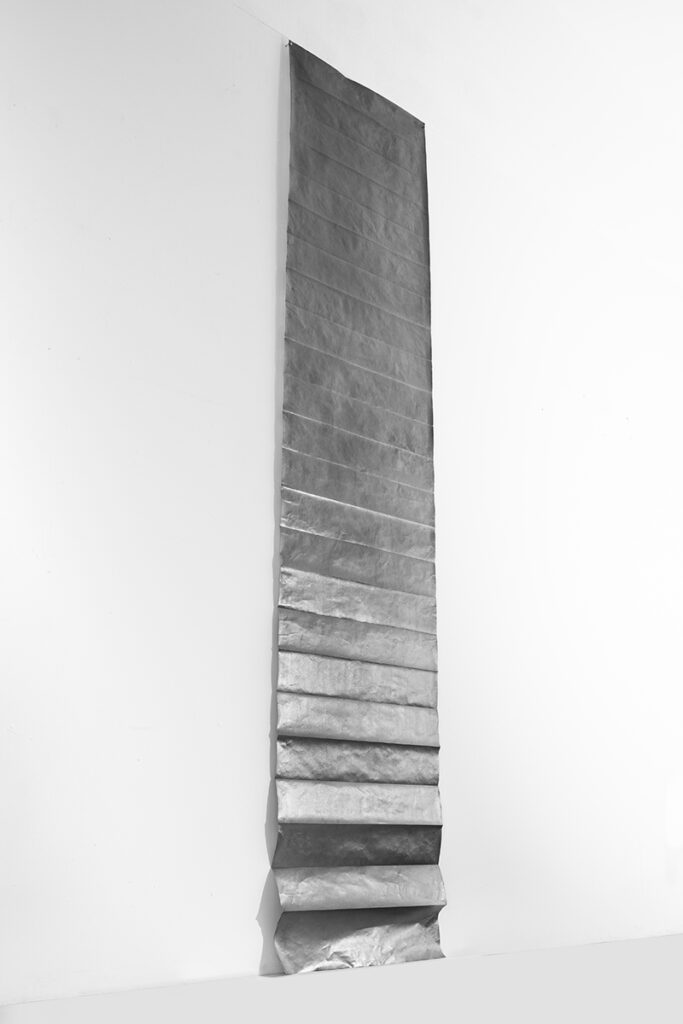
As a greeting for this New Year I’m quoting the words of Kurt Vonnegut that hang in my studio:
“Be Soft. Do not let the world make you hard. Do not let pain make you hate. Do not let the bitterness steal your sweetness. Take pride that even though the rest of the world may disagree, you still believe it to be a beautiful place.”
2019 and 2020 are overlapping in my life because some of my exhibits that began in ’19 are running over into ’20. Also talks of exhibitions that began in 2019 will find fruition in this year.
I like the smooth transition as I prepare new work in the studio.
Sharon McCawley, a Curatorial Docent at the New Mexico Museum of Art wrote the following piece for their website that reflects on trees and the Alcove 20/20 exhibit at the Museum in which I am participating.
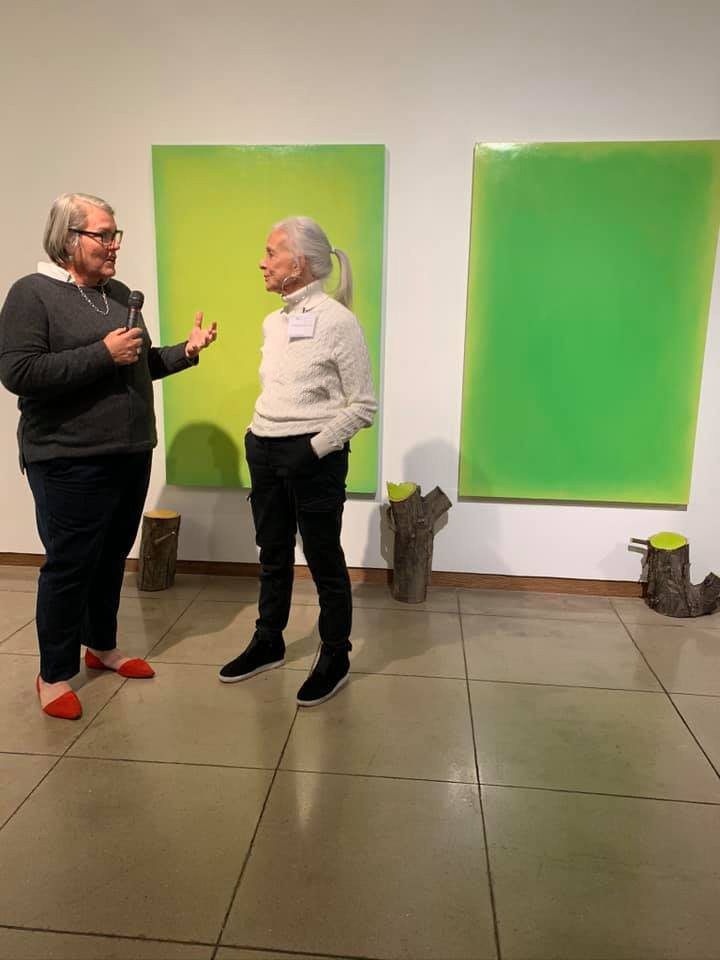
THE WOOD WIDE WEB:
THE ARTISTRY AND MORALITY OF
MARIETTA PATRICIA LEIS
AND
ROBERT MACFARLANE
It is worse than boorish, it is criminal to inflict an unnecessary injury on the tree that feeds or shadows us. Henry David Thoreau
No, the title is not a misprint; both the world wide web and the wood wide web are templates for connections and communications. The world web connects humans and the wood web connects trees. Together they are essential for sustenance, support, and solace. Together they are the basis for the visual art of Marietta Patricia Leis and the verbal art of Robert Macfarlane.
Marietta Patricia Leis is exhibiting selections from her series ENGRAINED: Ode to Trees (2019) part of ALCOVES 20/20 No.2 at the New Mexico Museum of Art until February 9, 2020. The exhibit is a symbiotic ode to trees and their representations, an appreciation of their value for supplying shelter, food, shade, rest, purification, and beauty. Ultimately, trees and their replications as created by Ms. Leis are the purest forms of physical rebirth and spiritual regeneration. The artist reflects about “walking among trees to dispel the stress of life and maintain mental health.” The viewers of her works can achieve the same transformation.
Her paintings Symbiosis I, II are green portals or windows into the forest, glowing with a subtle illumination. They are not monochromatic, but varied in tone and texture, a result of many layers of painting and sanding. The paintings actually grow like trees, gifting us with translucency and peace. The layers of paint can symbolize the rings of the tree. The viewer actually feels like falling in and moving through the canvas, as if entering the world of Green Mansions (1904), the romantic and ecological novel by W. H. Hudson which praises the wilderness while warning of the danger of man encroaching upon nature.
Resting on the floor below the canvases are Traces 1,3,2 parts of a salvaged limb from a mimosa tree which fell on her roof during a storm. She saved the pieces of the tree and transformed them, granting us continuity and reclamation. The association with worldwide deforestation due to clearings, fires, pollution is inevitable. Another one of her trees, this time a spruce, is the inspiration for Splinter. The 30 foot high tree died on Ms. Leis’ property and, unfortunately, had to be cut down. Again she preserved the pieces which she sanded, equating grains of wood with brushstrokes. She also equates the living form with the dead lying on the same spectrum of our world. The ultimate experience is of memory for loss and hope for rebirth.
Ms. Leis uses the forms of print, paint, sculpture, video, photography to express her environmental concerns; “I worry about our incredible blue and green planet’s survival.” We honor her theme when we appreciate her artistry.
We can support the sustainability of trees with protecting forestlands, controlling land clearing, and reversing climate change. Trees support us with providing food, medicine, and literally air. What is remarkable is how trees support each other. Robert Macfarlane , author of UNDERLAND (2019) provides the verbal counterpoint to Ms. Leis visual imagery. The book convinces the reader of the vital interconnection between the human and the natural world. Just as humans generously empathize with and help each other, so do trees. Macfarlane describes how trees can sense when one of them is lacking nutrition or is falling under stress. They actually develop joint underground root systems to share nutrients to nurse the patient back to health. The healthy trees develop hyphae, microscopically thin fungi, which connect at the cellular level and weave together underground root systems, a true wood wide web. Individual trees do not compete for resources, they collaborate and nurture each other. This is a lesson we can all follow.
If there is human meaning to be made of the wood wide web, it is surely that what might save us as we move forwards into the precarious, unsettled centuries ahead is collaboration: mutualism, symbiosis, the inclusive human work of collective decision making extended to more-than- human communities. (113).
Marietta Patricia Leis sculpts and paints, Richard Macfarlane writes and explores. The least we can do is to consider their thoughts and expressions.
Sharon McCawley
Curatorial Docent
Please take a look at the article that the New Mexico alumni magazine, Mirage included about me and my art
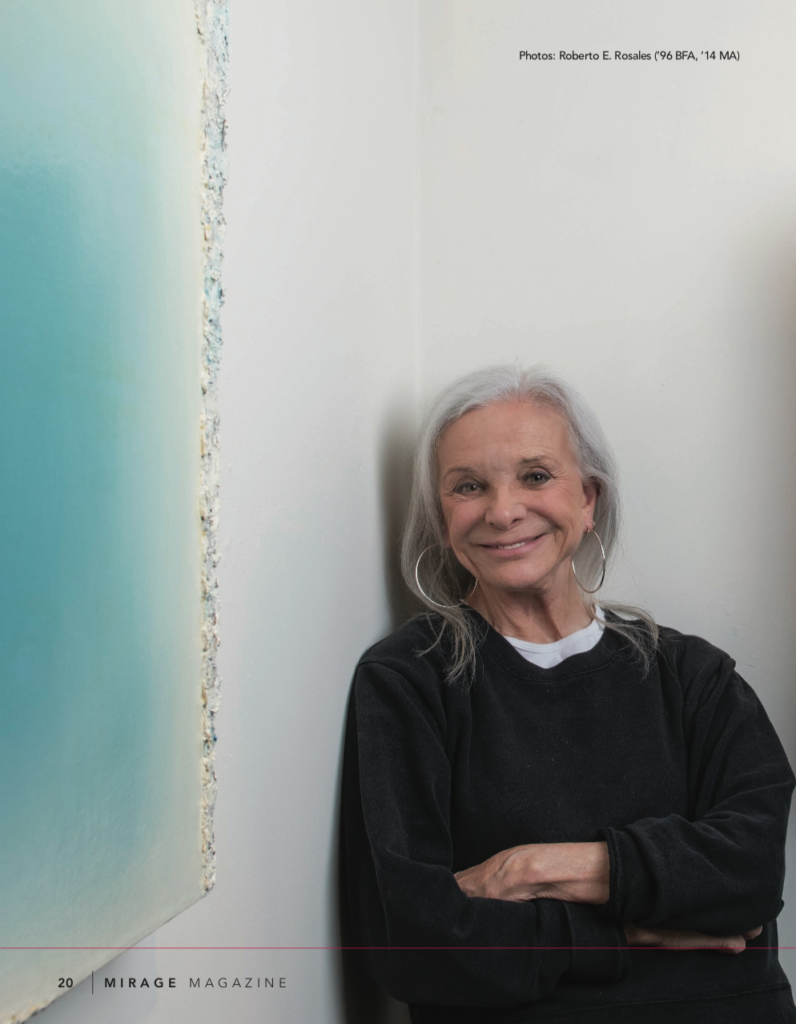

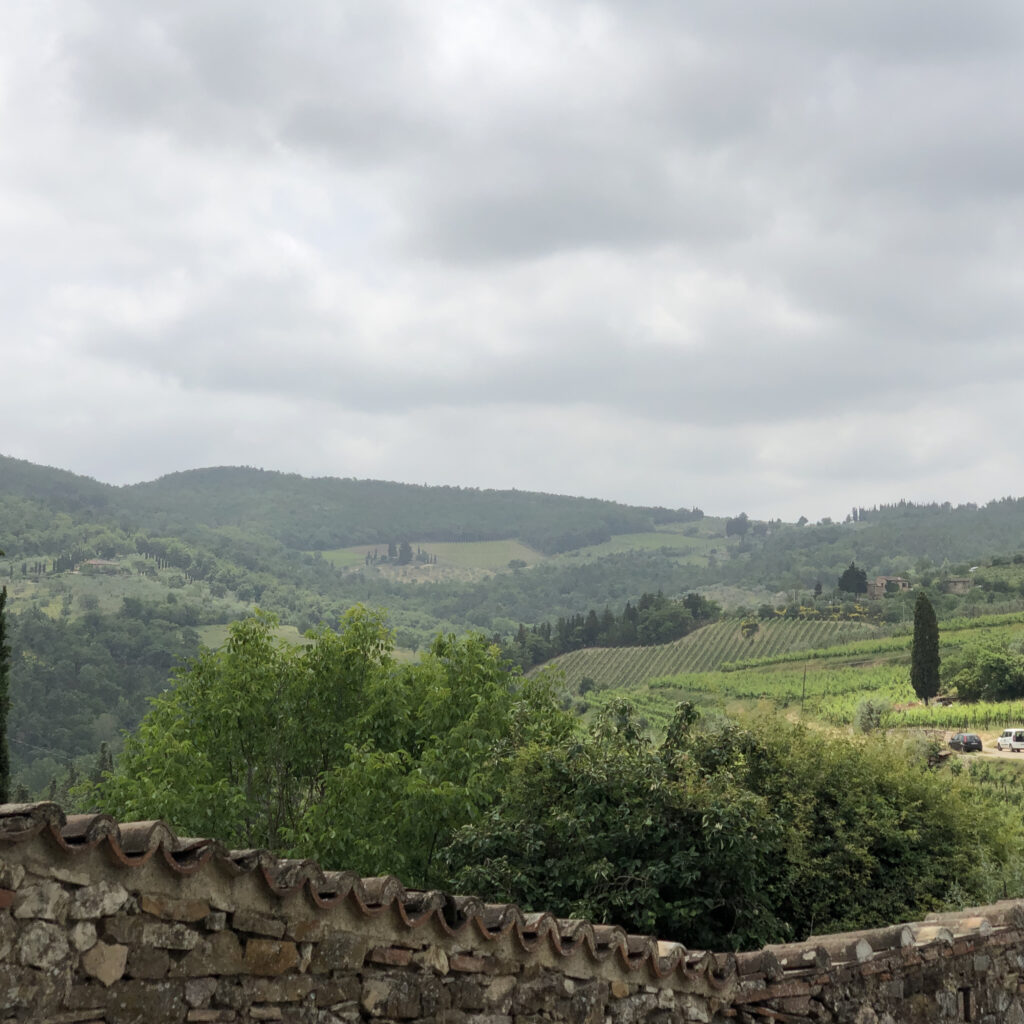
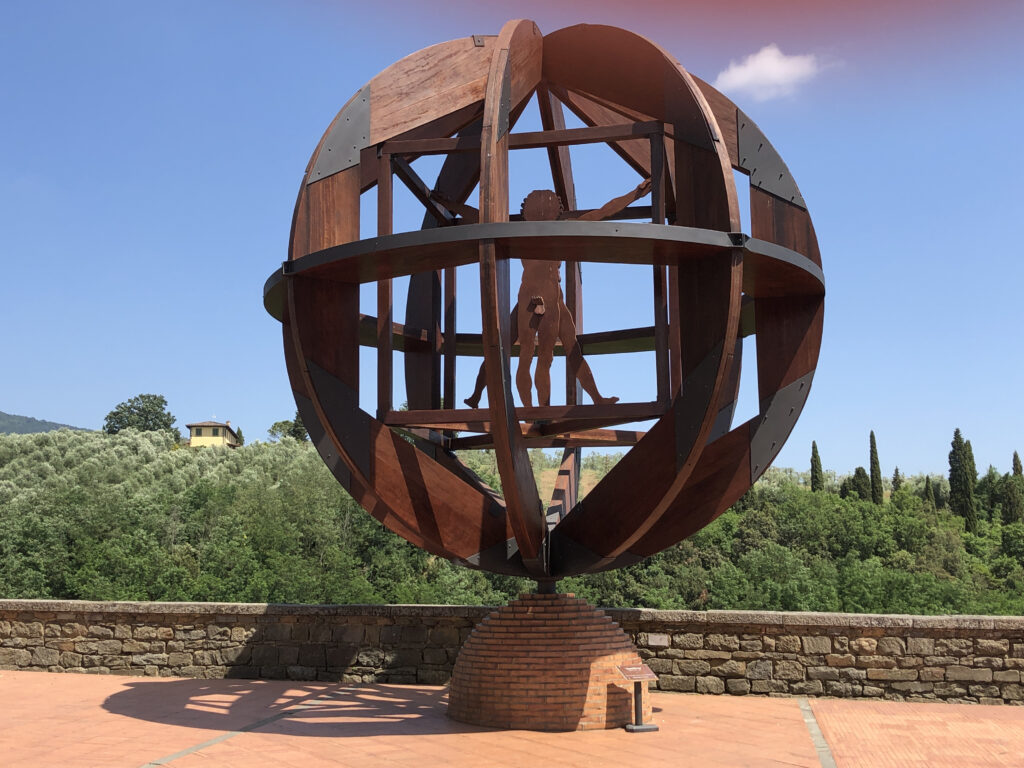 Vinci
Vinci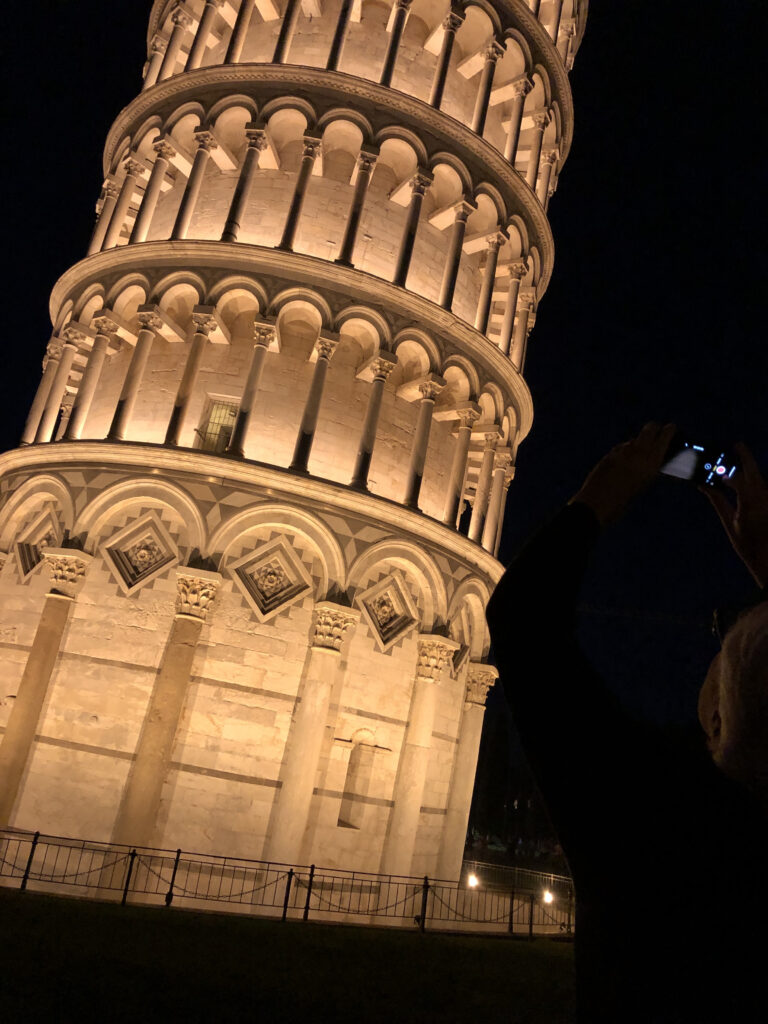
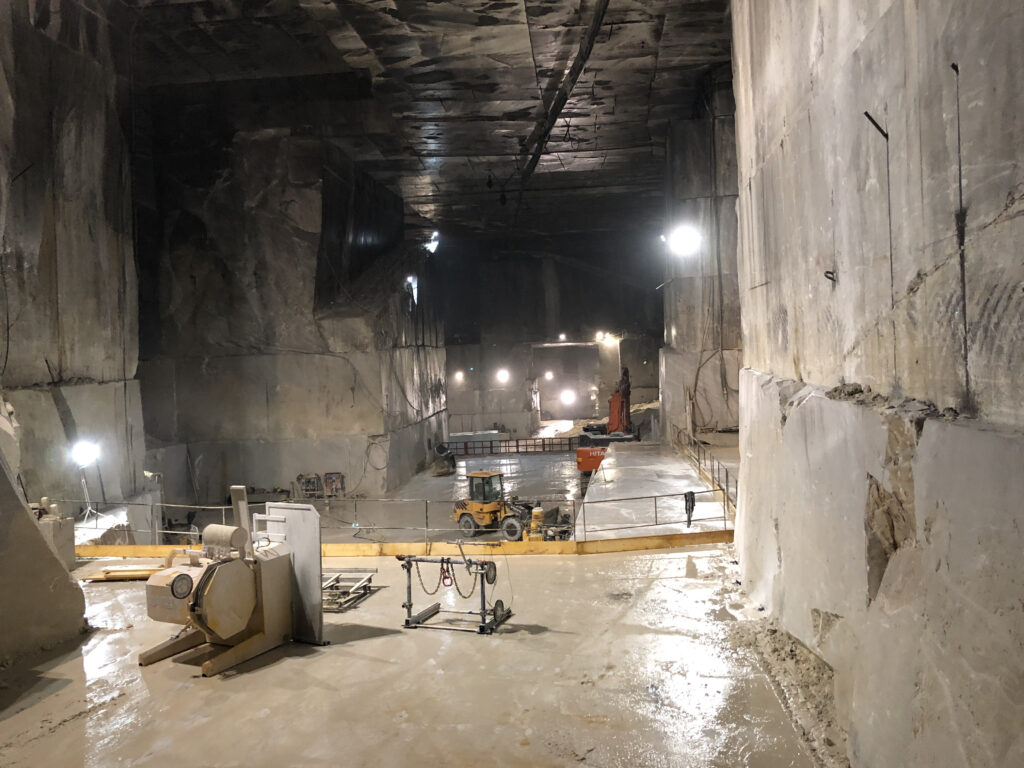
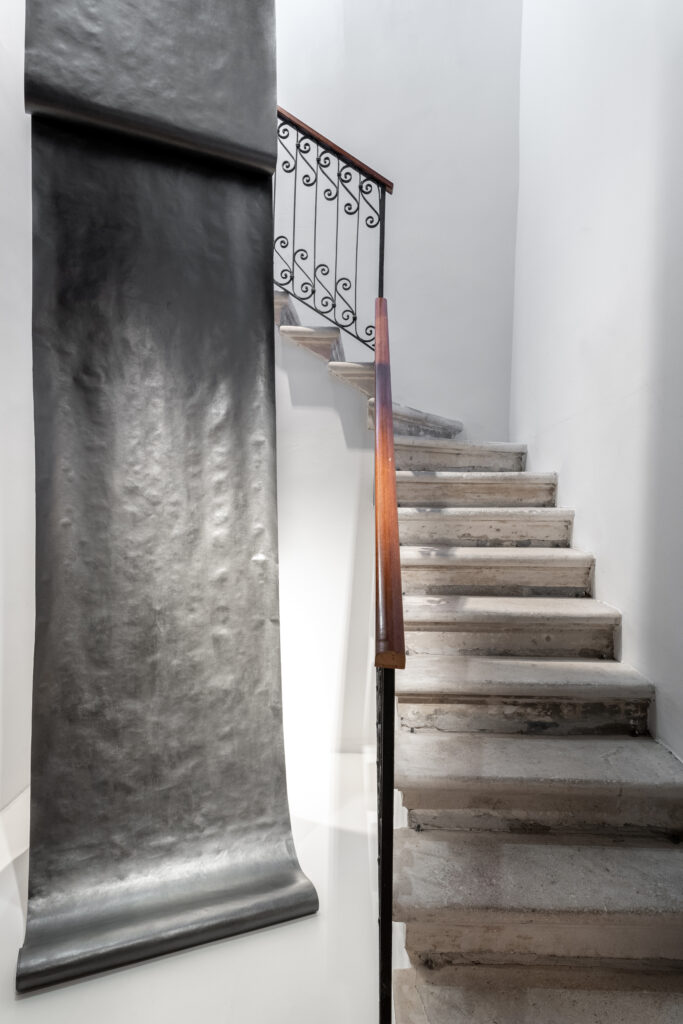
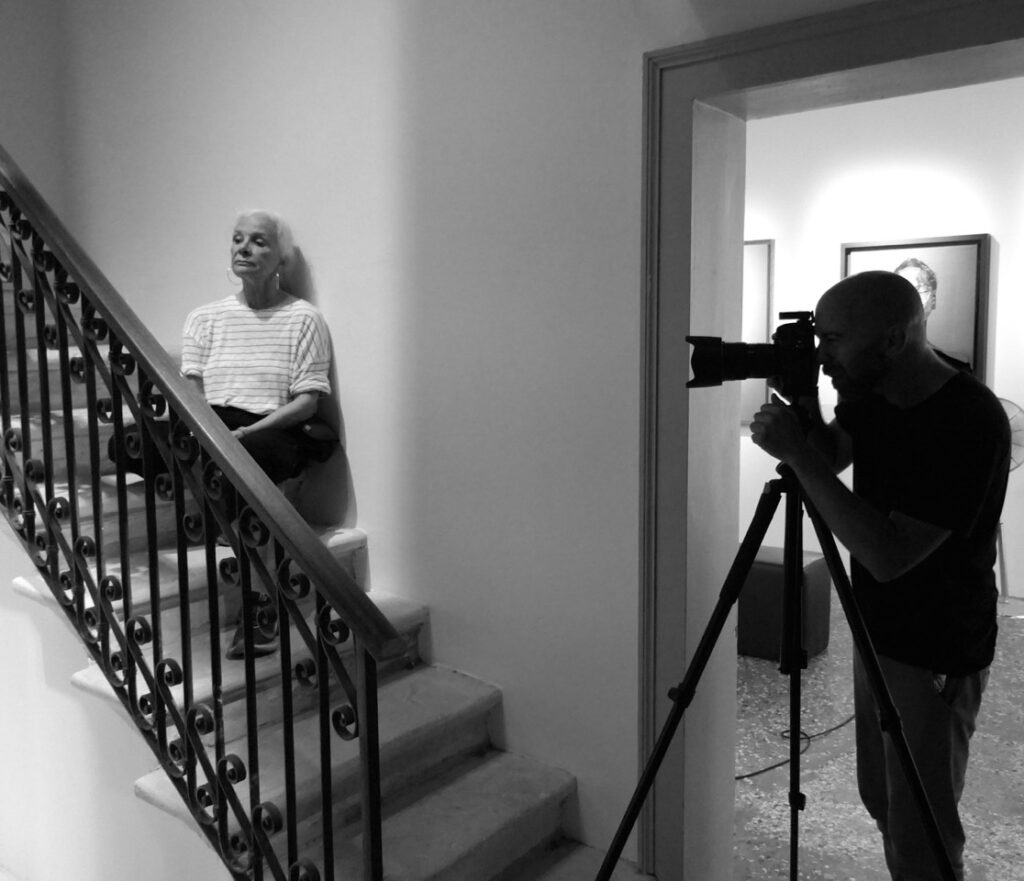
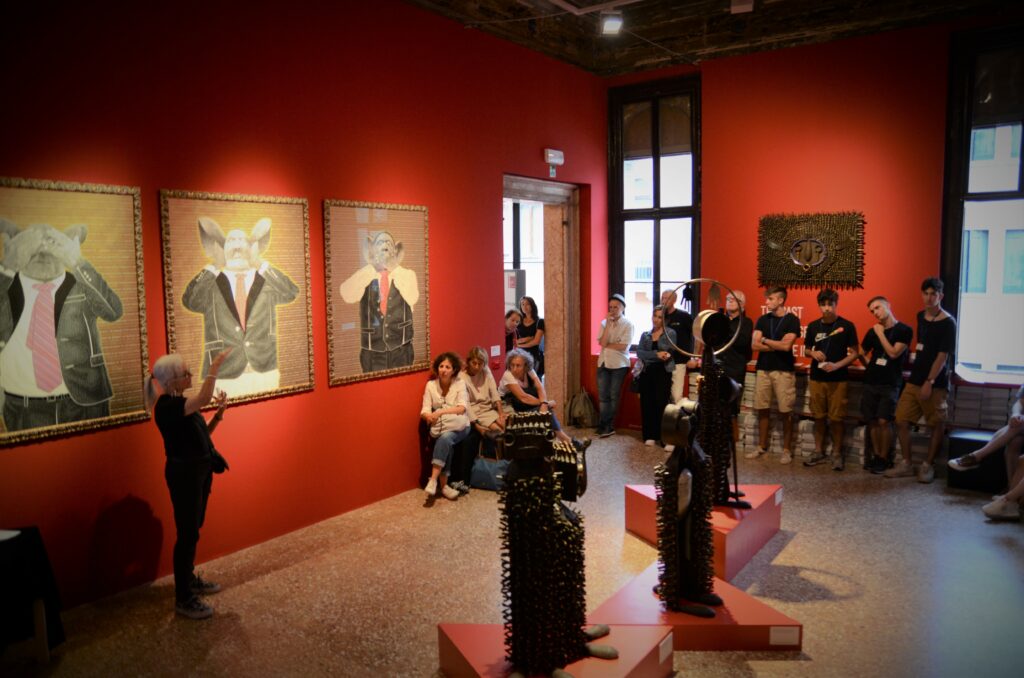
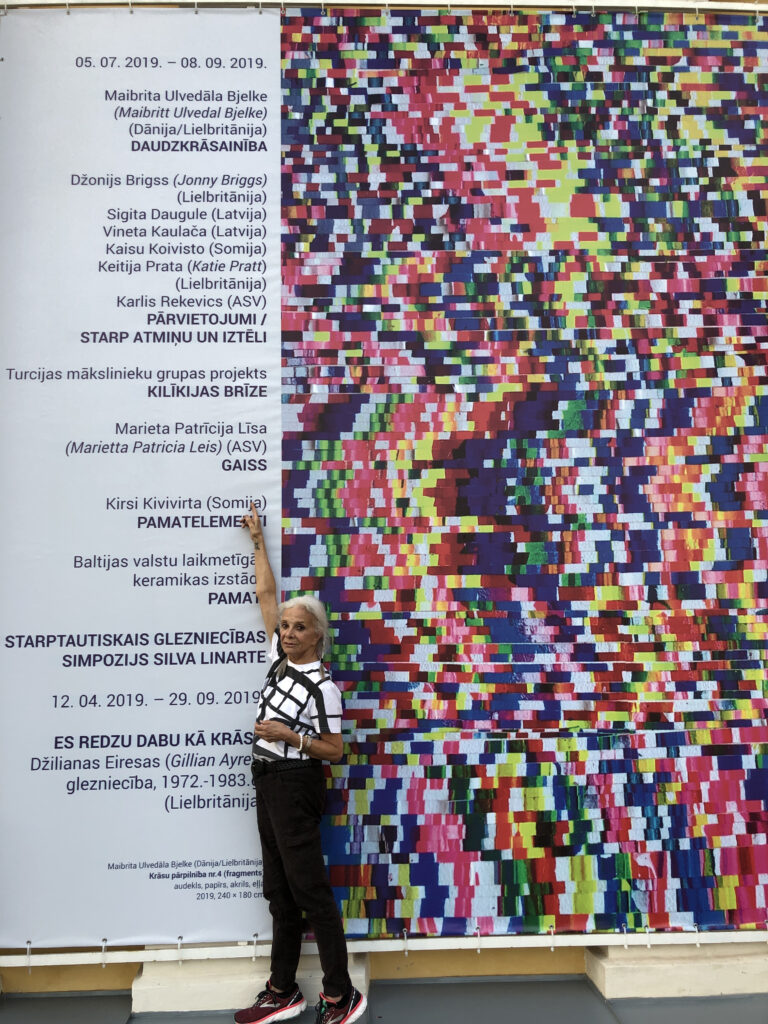
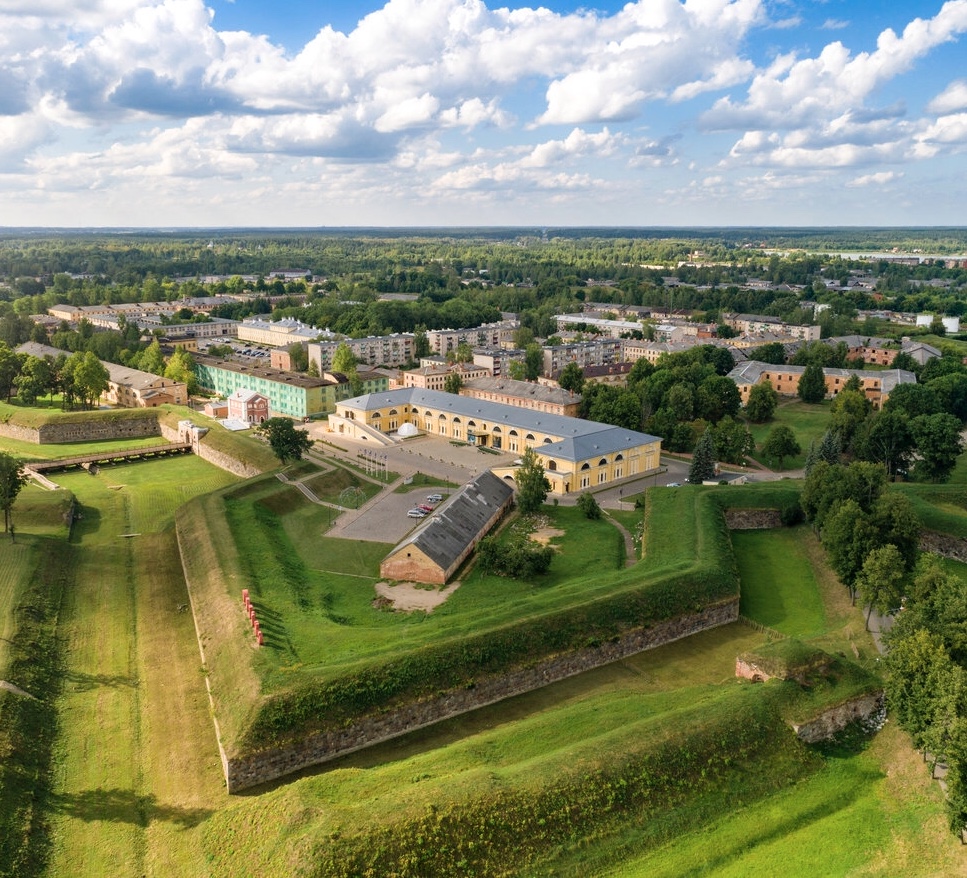
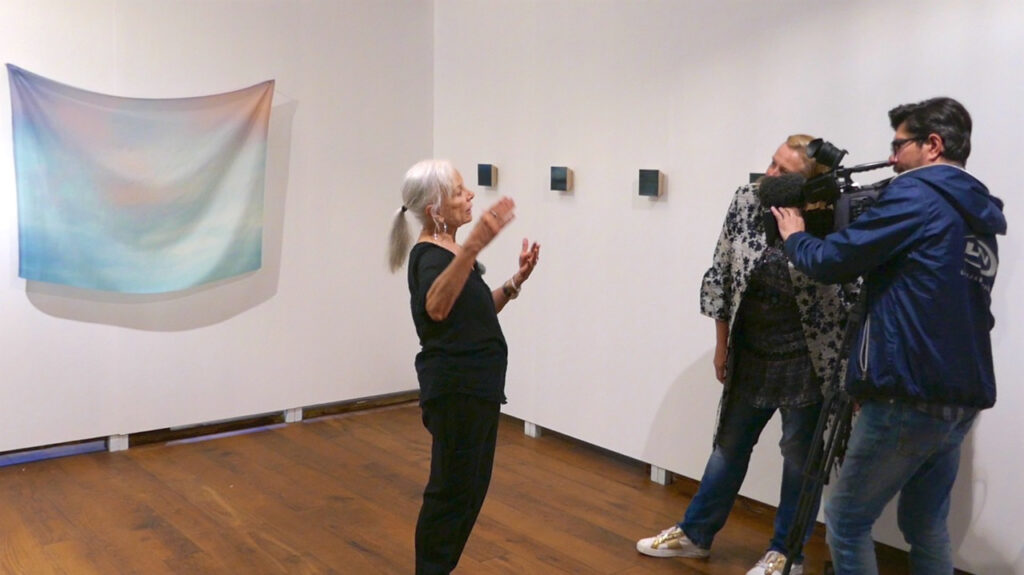
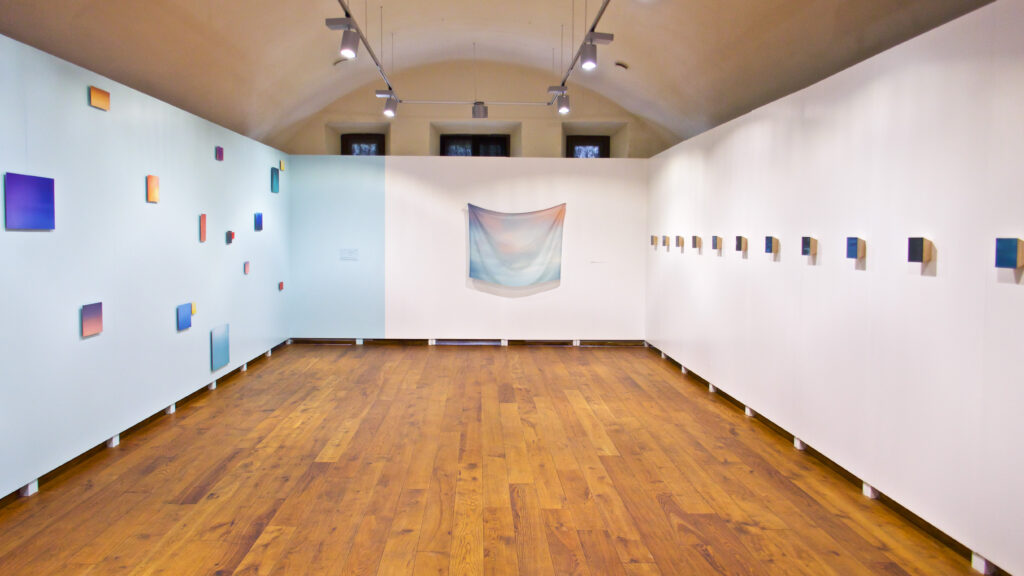
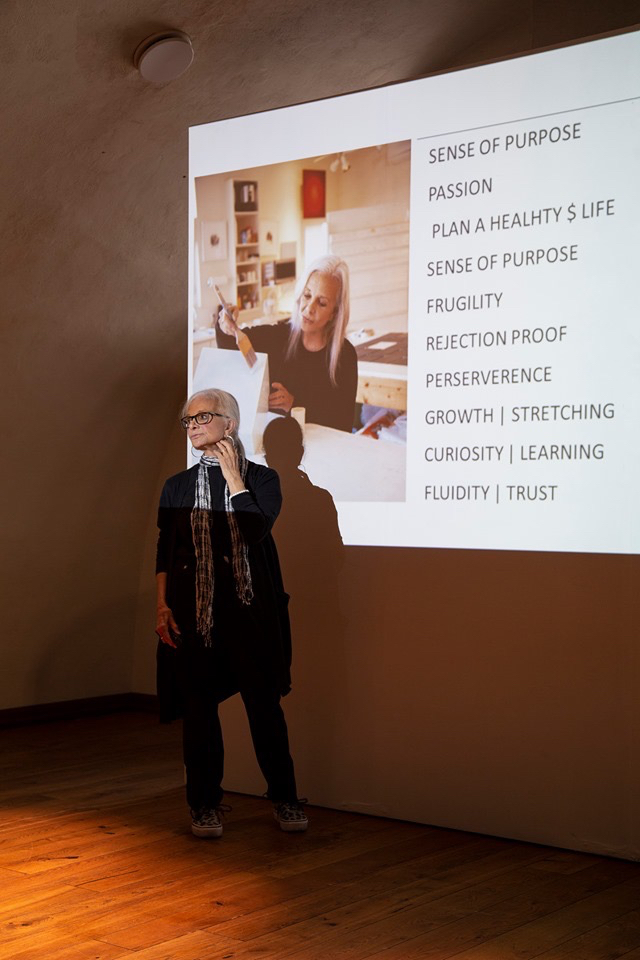
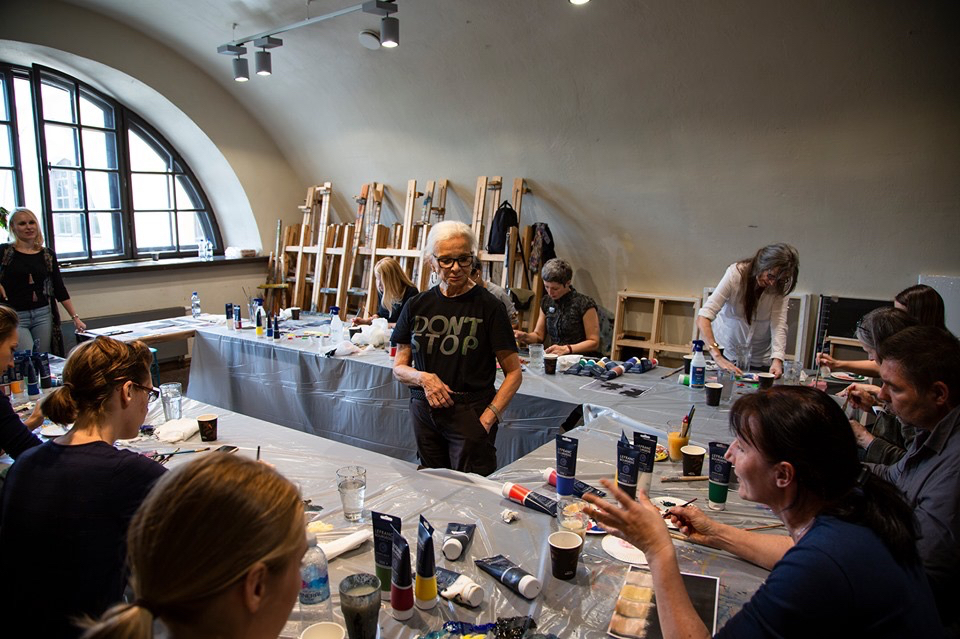
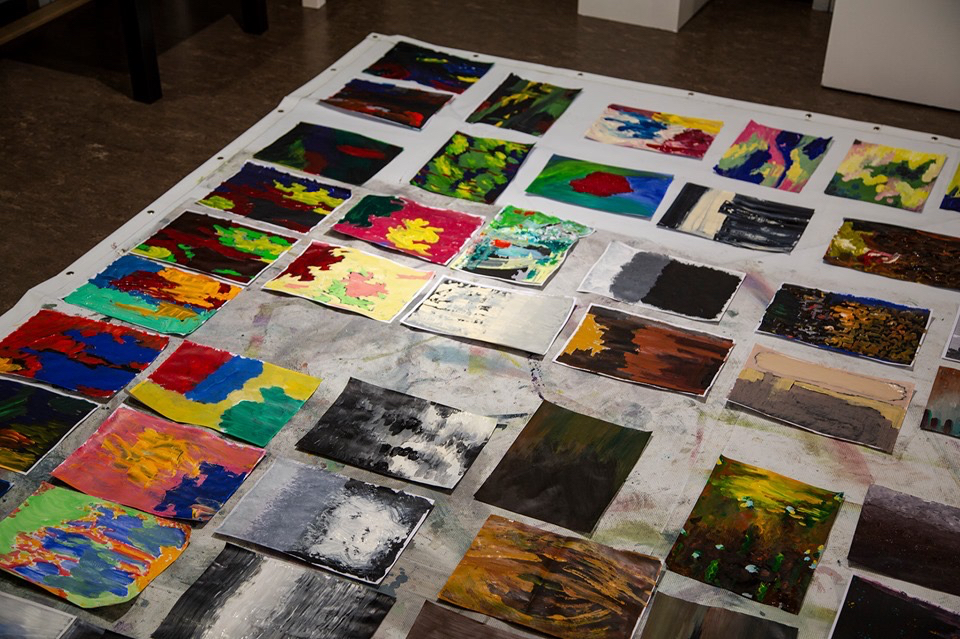
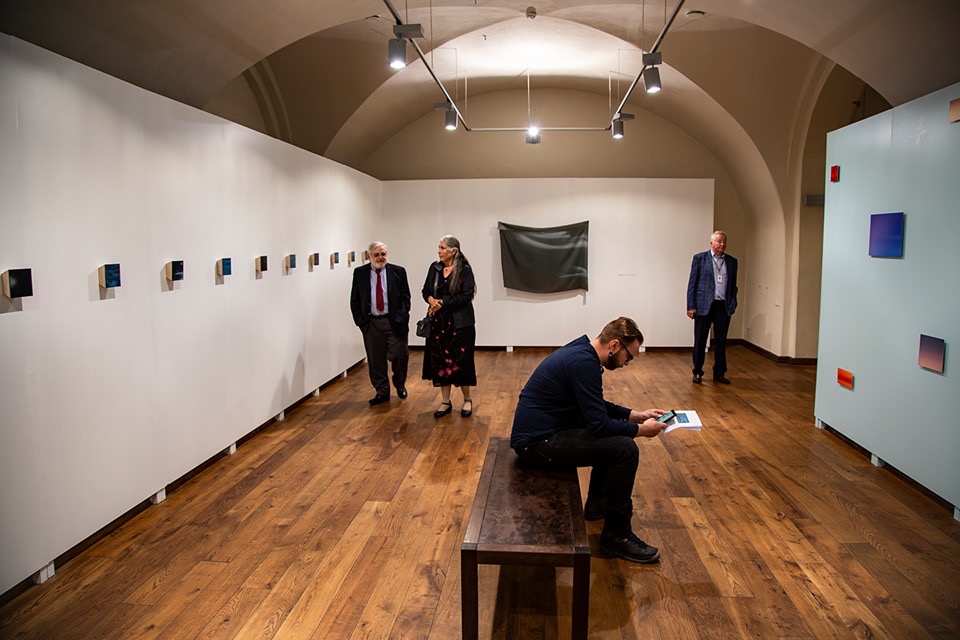
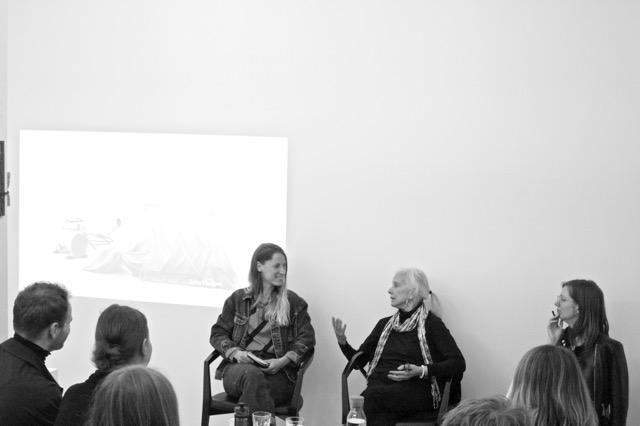
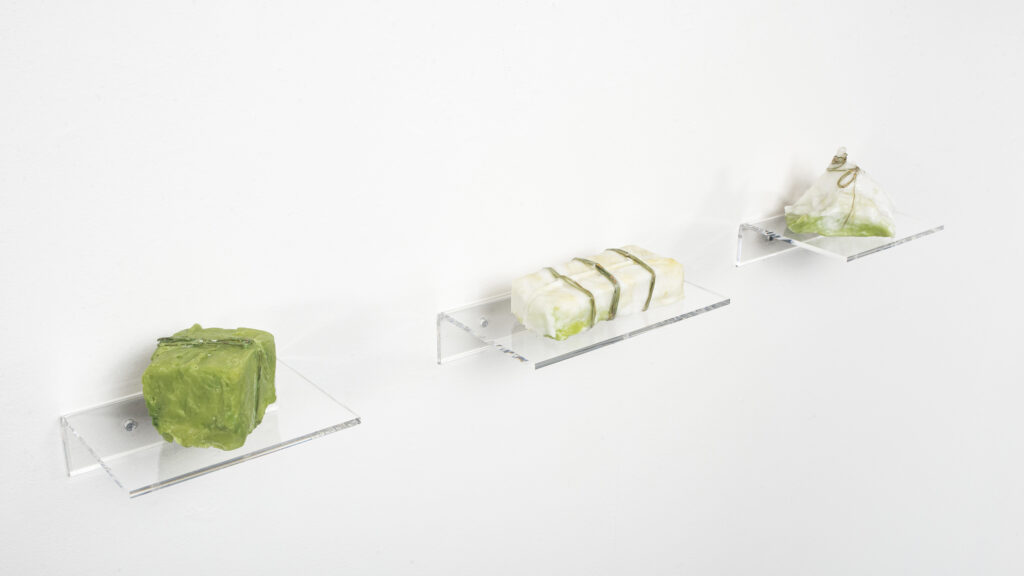
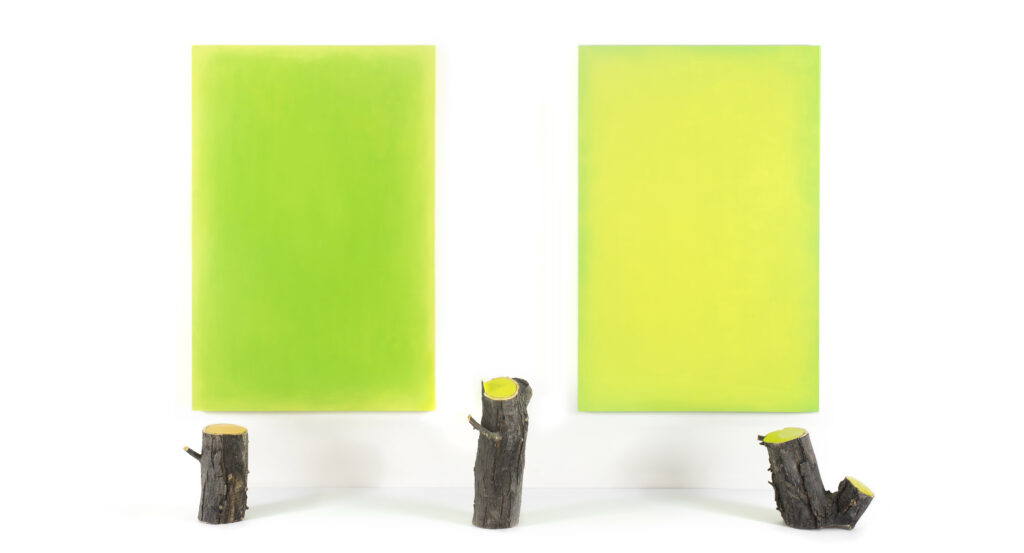
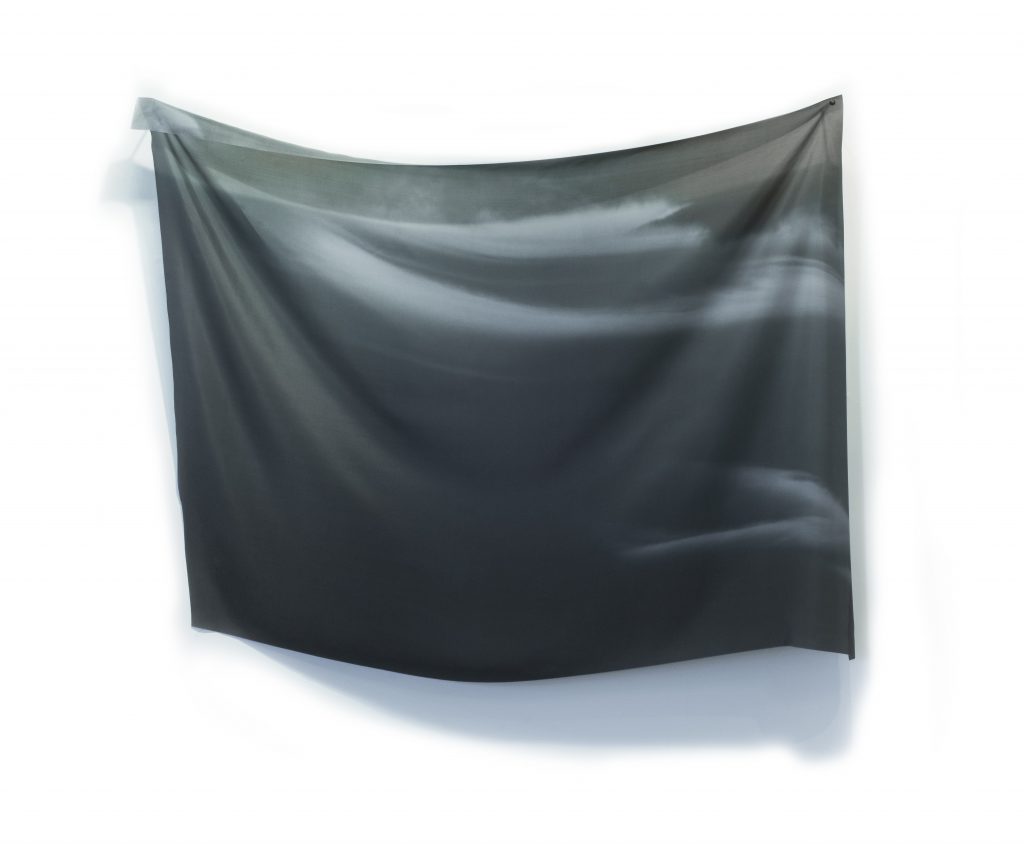
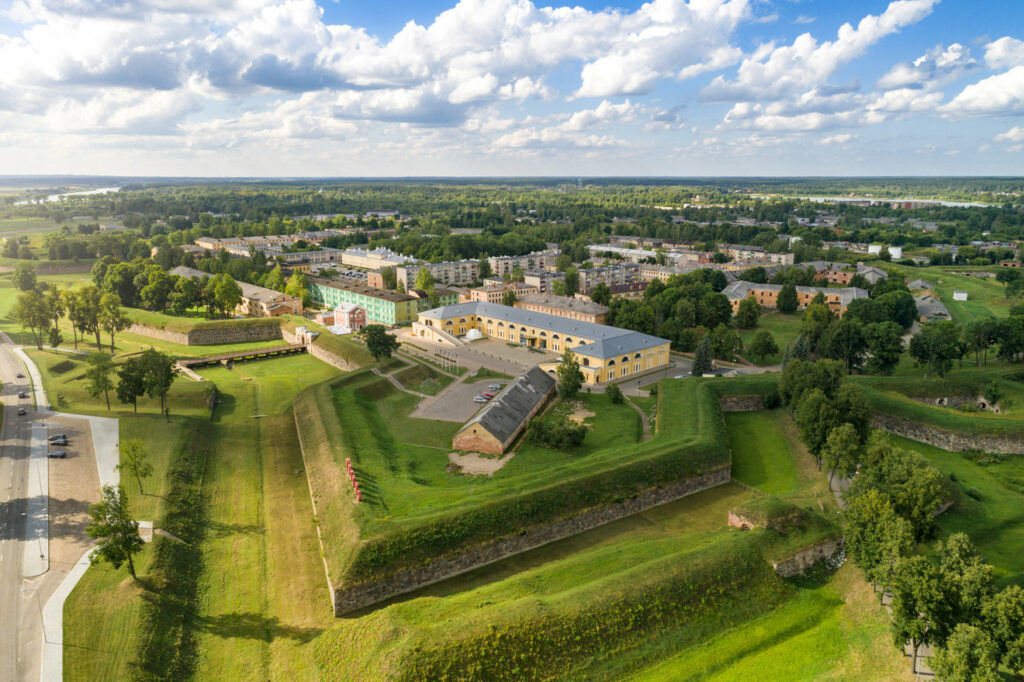 Mark Rothko Centre, Daugavpils Fortress in Daugavpils
Mark Rothko Centre, Daugavpils Fortress in Daugavpils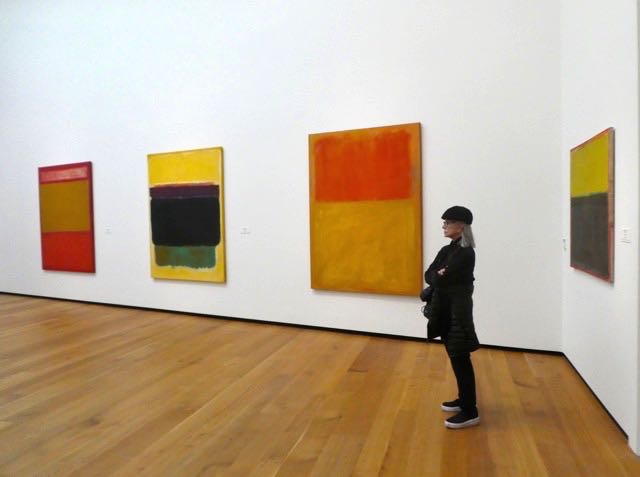 Marietta with Rothko’s paintings, National Gallery, Washington, DC.
Marietta with Rothko’s paintings, National Gallery, Washington, DC.